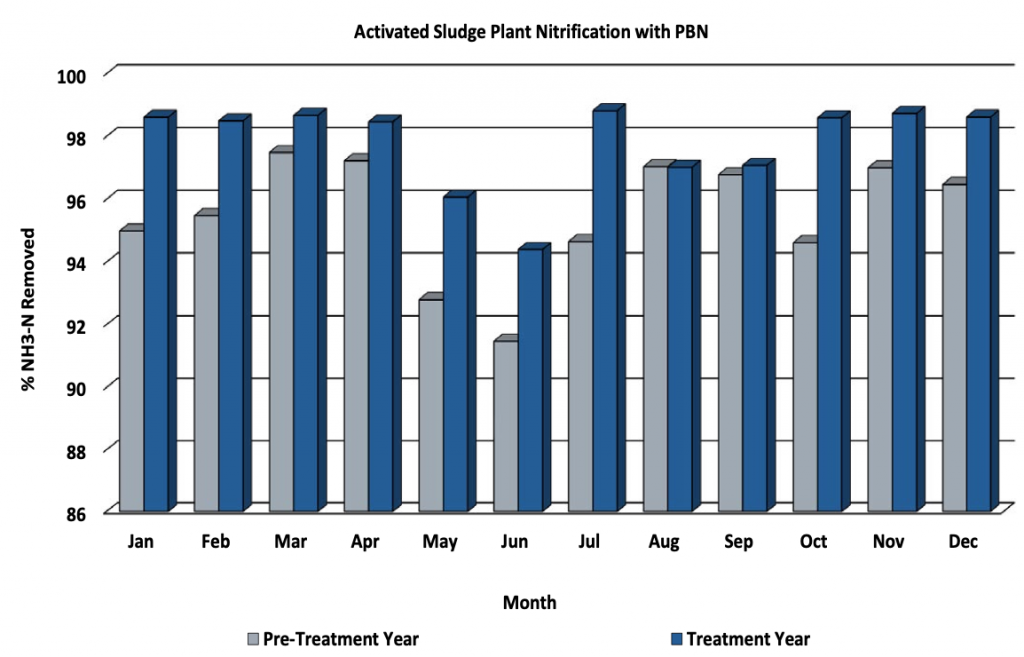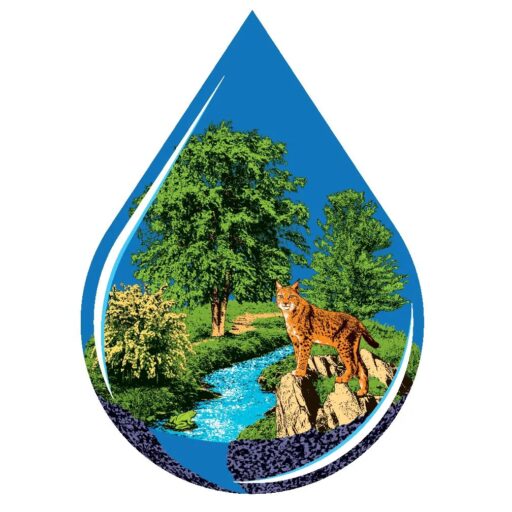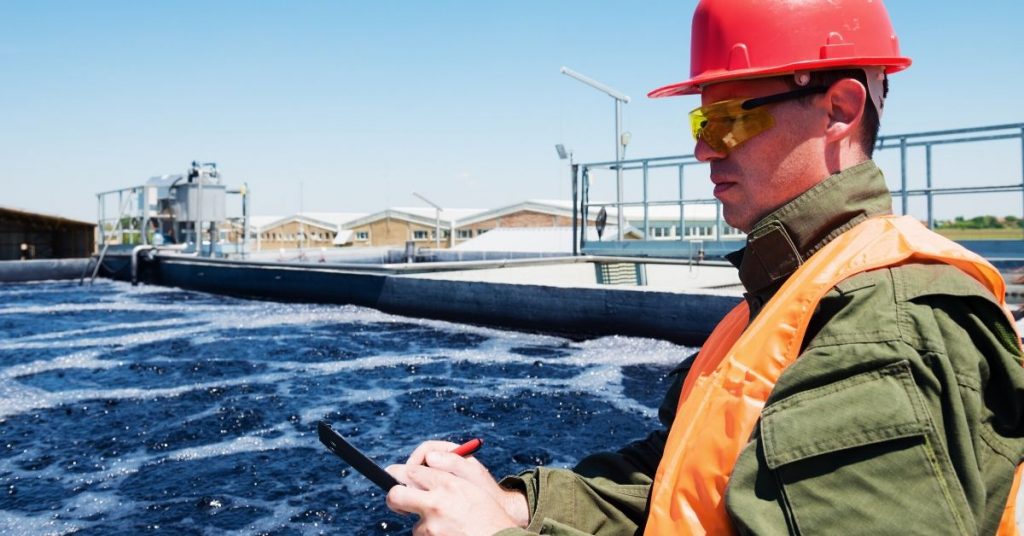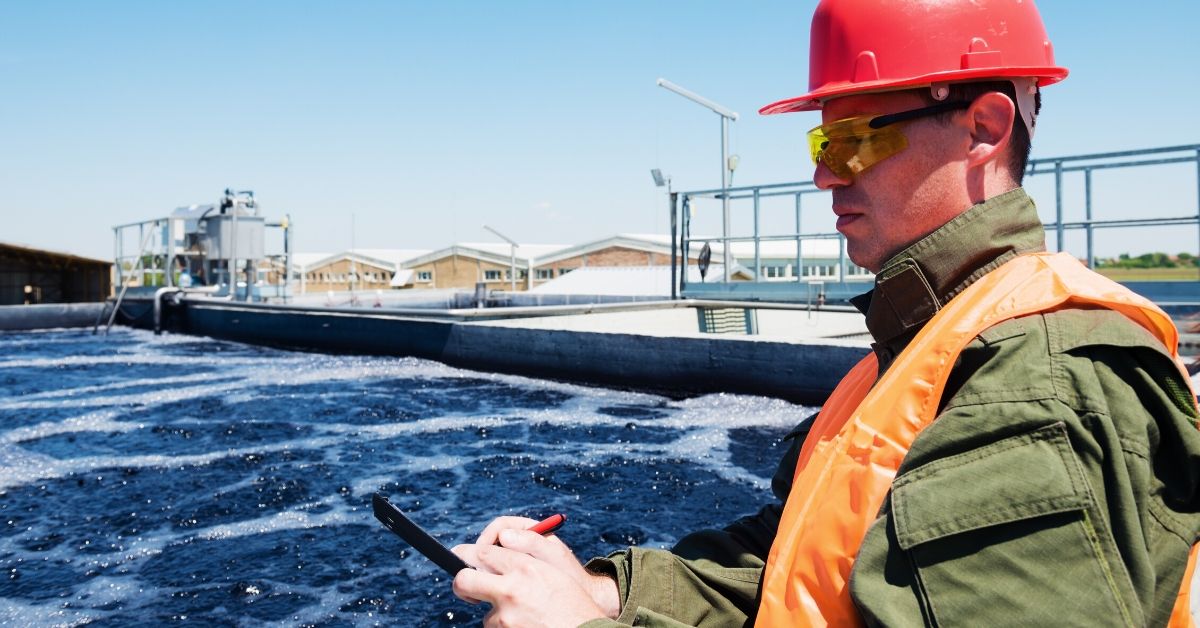Mechanical WWTP .22 MGD
An effective activated sludge system has the capacity to remove ammonia from influent wastewater via nitrification. Several factors impacting efficient ammonia and nitrite oxidation in wastewater treatment include, temperature, and abundance of carbonaceous and nitrogenous biological oxygen demand (cBOD & nBOD) degrading microorganisms. The optimal temperature for wastewater nitrification is above 59°F.1
Additionally, bacteria that quickly degrade cBOD help to increase the time available for nitrifying bacteria to oxidize ammonia and nitrite. Nitrification is often the rate-limiting reaction in wastewater treatment, so having a high abundance of nitrifying organisms is essential for efficient ammonia and nitrite removal.
Augmenting a treatment system with concentrated populations of nitrifying and cBOD metabolizing biota can help improve nitrification. BioLynceus® ProBiotic Scrubber® N (PBN) is a live culture bioaugmentation product designed to increase the abundance of the above organisms. The following case study summarizes the application of PBN at a 0.2 MGD activated sludge plant (ASP) in Arizona.
The ASP was having problems with excess ammonia in their effluent. Nitrification was not occurring properly in the system which caused issues with meeting total nitrogen limits. Restoring a nitrifying biomass in the treatment process was very important to avoid permit violations.
The facility had success using BioLynceus® products in the past, so the Operations Manager decided to use PBN to improve ammonia conversion in their system. Daily doses of PBN were administered to the lift station ahead of the primary treatment process.

Figure 1. Monthly percent ammonia as nitrogen (NH3-N) removed from the aeration basin at an ASP for a year with (blue) and without (grey) PBN treatment.
Within days, concentrations were lowered, and total nitrogen levels were comfortably below permit limits. Continual treatment with PBN also improved ammonia removal by an annual average of 3% (Figure 1). The greatest ammonia removal increase was 4% in July, and the least was 0% in August. Using the BioLynceus® bioaugmentation program improved ammonia removal at the ASP. The client continues to experience the efficacy of PBN for improving nitrification in their ASP systems.
BioLynceus® ProBiotic Scrubber® N promotes nitrification in activated sludge processes.
1Gerardi, M. (2016). Wastewater Bioaugmentation and Biostimulation. Lancaster, Pennsylvania: DEStech Publications, Inc. Pp. 20, 64. https://www.amazon.com/Wastewater-Bioaugmentation-Biostimulation-Michael-Gerardi/dp/1932078789



